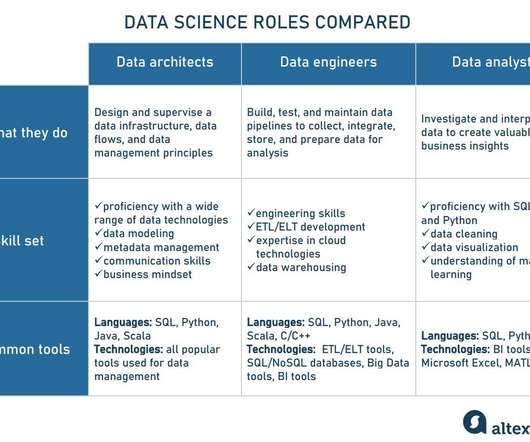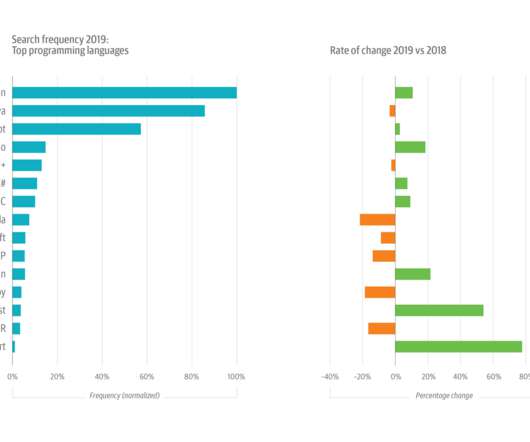Data Architect: Role Description, Skills, Certifications and When to Hire
Altexsoft
FEBRUARY 11, 2023
This specialist works closely with people on both business and IT sides of a company to understand the current needs of the stakeholders and help them unlock the full potential of data. To get a better understanding of a data architect’s role, let’s clear up what data architecture is. Feel free to enjoy it.















Let's personalize your content